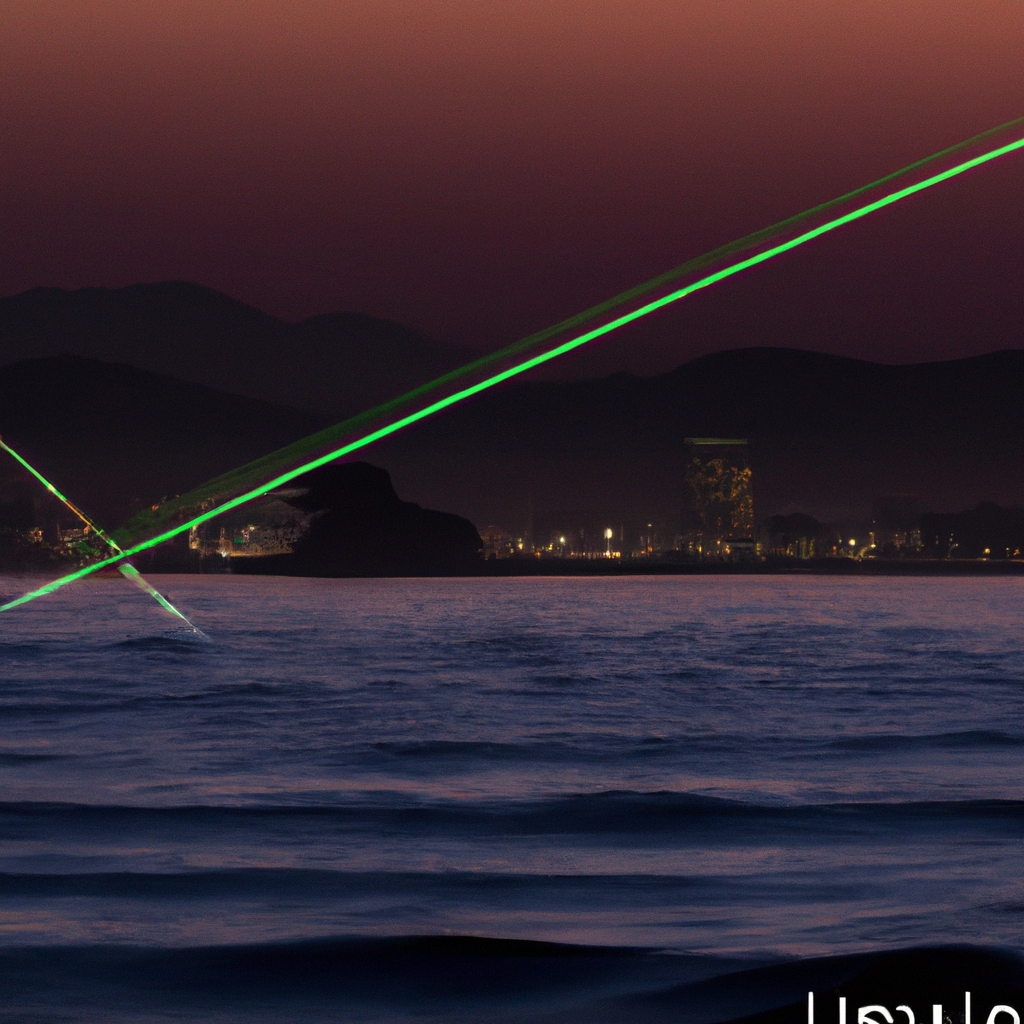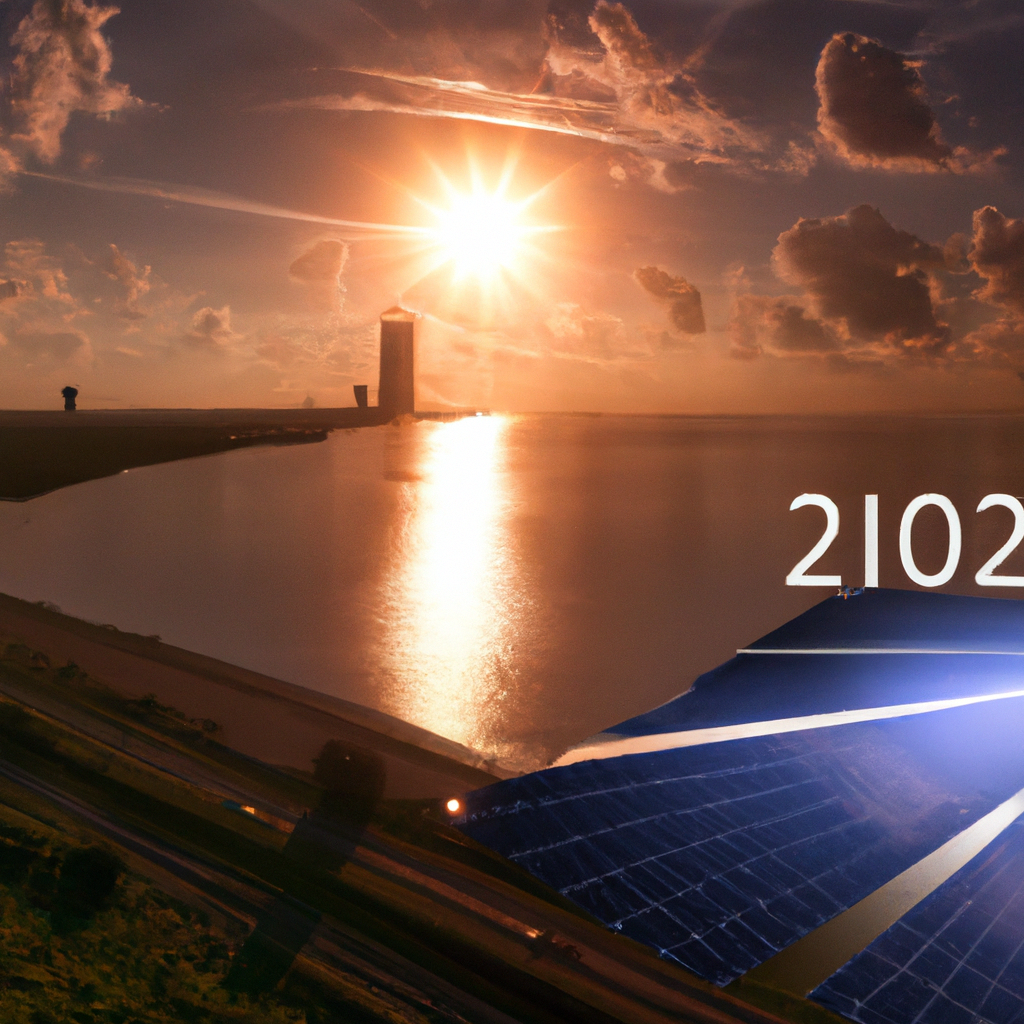DARPA is working on a project called the Persistent Optical Wireless Energy Relay (POWER), which plans to use lasers to transfer energy to machines thousands of miles away. The lasers would be relayed by airborne platforms, potentially providing an unlimited range for electric aircraft. Over the years, there have been many viable technologies that fall short due to power limitations, especially when it comes to aircraft.
Despite the seemingly straightforward concept, there are numerous technical challenges to address. The primary obstacle is the massive energy loss that occurs when converting laser light into electricity and vice versa across numerous relays. Moreover, lasers function via line of sight, thus needing airborne relays in the upper atmosphere to reduce air and water vapor-induced distortions.
Currently, DARPA’s POWER is in the first phase, which pertains to the development of conceptual relay designs. The second phase will focus on incorporating the developed technology into an existing airframe, while the third phase will test the delivery of 10-kilowatt laser power across 200 km (125 miles).
Dr Paul Jaffe, the POWER program leader at DARPA, stated that the successful realization of this project could revolutionize how society interacts with energy. A wireless energy network could unlock access to new and varied power sources, including space-based ones, and quickly connect them to areas needing energy. Energy is the backbone of all human activities, including defense. Hence, new energy delivery methods are needed to counteract the vulnerabilities and deficiencies of our current model.
Read source article here:
https://newatlas.com/technology/darpa-laser-beam-power-across-distances/




